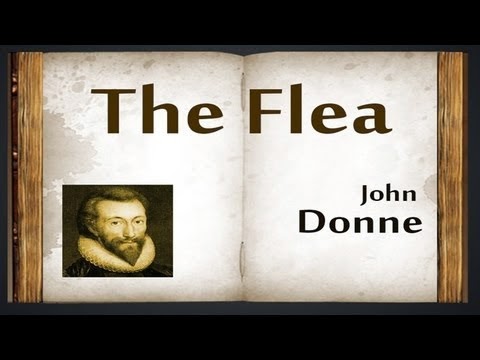‘JOHNDONNE’(1573-1631)
Died: 31 march 1631 (aged 59) London, England.
Occupation: poet, Priest, lawyer
Alma mater: oxford university
Genre: satire, love poetry, elegy, sermons.
Subject: love, sexuality, religion, death.
Literary movement: Metaphysical Poetry
Donne is considered the pre eminent representative of the Metaphysical poet. His works are noted for their strong, sensual style and include sonnets, love poems, religious poems, Latin translations, epigrams, elegies, song satires, and sermons.
His poetry is noted for vibrancy of language and inventiveness of metaphor, especially to that of his contemporaries. Donne’s style is characterized by abrupt opening and various paradoxes, ironies and dislocation. These features along with his frequent dramatic or everyday speech rhythms, his tense syntax and his tough eloquence, were both a reaction against the smoothness of conventional Elizabethan poetry and an adaptation into English of European baroque and mannerist techniques. His early career was marked by poetry that bore immense knowledge of English society and he met that knowledge with sharp criticism.
Another important theme in Donne’s poetry is the idea of true religion, something that he spent much time considering about which he often theorized. He wrote secular poems as well as erotic and love poems. he is particularly famous for his mastery of the metaphysical concepts.
Donne’s earliest poems showed a developed knowledge of English society coupled with sharp criticism of its problems. his satire dealt with common Elizabethan topics, such as corruption in the legal system, mediocre poets, and pompous courtiers. His images of sickness, vomit, manure and plague reflected his strongly satiric view of a world populated by all the fools and knaves of England. His third satire however, deals with the problem of true religion, a matter of great importance to Donne.
Donne’s early career was also notable for his erotic poetry, especially his elegies, in which he employed unconventional metaphors, such as a Flea biting two lovers being compared to sex. In his elegy ‘To His Mistress going to bad, he poetically addresses his mistress and compare the act of fondling to the exploration of America.
Donne is generally considered the most prominent member of the metaphysical poets, a phrase coined in 1781 by Samuel Johnson. In his book Johnson refers to the beginning of the 17th century in which there ‘appeared a race of writers that may be termed the Metaphysical Poets.
Donne is considered a master of metaphysical conceit, an extended metaphor that combines two vastly different ideas into a single ideas, often using imagery.
An example of this is his equation of lovers with saints in ‘the colonization’. Unlike the conceits found in other Elizabethan poetry, most notably Petrarchan conceits, which formed clichéd comparison between more closely related objects. Metaphysical conceits go to a greater depth in comparing two completely unlike objects. One of the most famous of Donne’s conceit is found in “A Valediction: forbidding Mourning” where he compares two lovers who are separated to the two legs of a compass.
Almost all the metaphysical poets made an attempt to display their learning by making use of the far-faced images and conceits. They didn’t depend upon easily available images. They brought their images from the various fields just like, science, engineering, architecture, geography, agriculture and many other fields.
The poems like ‘pulley’, ‘the church porch’, ‘to his coy mistress’, the sun riding’ are some of examples of far faced images for the expression of love and also for the expression of faith in god.
John Donne and his followers made a conscious attempt to differ from the poets of the previous age- the Elizabethan age. They believed in ‘go beyond something’, ‘to do something which no one had ever done before’.
All this are the characteristics of the renaissance in John Donne’s poem.





